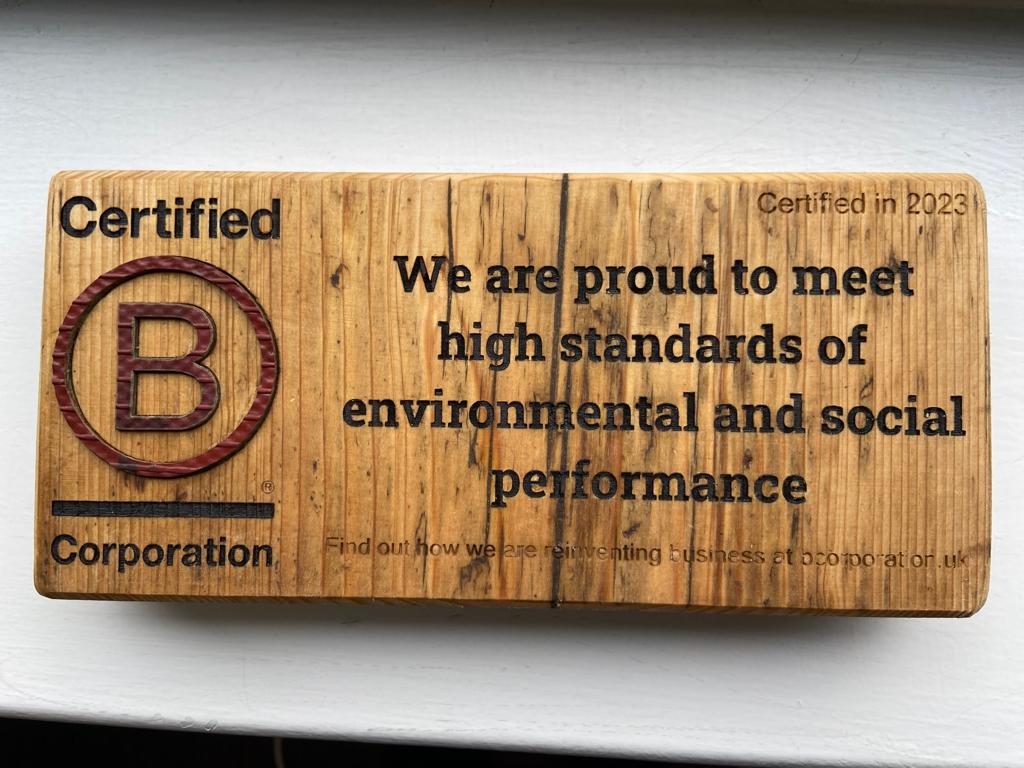There are three basic truths about the world of work:
1. “Leadership behaviours, conscious or unconscious, determine workplace culture.”
2. “Organisational culture is the key determinant of performance.”
3. “Leaders are differentiated from managers in their ability to initiate and integrate good cultures. Managers just live within them.”
Imagine that you have recently been appointed as a leader or you are a leader but are unsure as to what to do. Where should you start?
The danger for a new MD or head of department is that you will be pulled from pillar to post on what to prioritise as everyone from product design through, say, manufacturing or sourcing to sales will want you to intervene in their interests. The reality is however much more straightforward. The way you keep your new job is to ensure that cash flow, profitability and customer delight are delivered consistently to your key customers in your key market segments. These are your immediate priorities and deviate from them at your peril.
Many new leaders throw themselves into what they perceive as prominent but troublesome processes and attempt to lead their resolution. But getting it wrong or focusing on the wrong priority so early will damage your reputation and your credibility. People have long memories and the way back may be difficult.
Experience tells me that the first thing to do is to “understand the levers” with regard to cash, profitability and customer delight. These levers are the key metrics which dictate success or failure of each. Monitor them forensically, making sure that those around you know all about your personal interest from the off. This way everybody will take an interest in them.
Once you understand what the levers are, then simply start talking with all levels of the organisation. Use small groups, large groups, departments, factions or whatever you find appropriate. Find out what frustrates your people, where stresses across departmental lines lie, where they see opportunities to improve, what gets them excited. Understand where morale, self-esteem and pride in the job lies within your new company. And then encourage them, regardless of position on the organisational hierarchy, to get on with further clarification of the problem and then its ultimate resolution. Avoid getting involved personally yourself but do delegate stringently where necessary and effective. Keep in touch visibly. Do it repeatedly. I am tempted here to say “Communicate, communicate and communicate again” but “Listen, listen and listen again” would be nearer the intended outcome.
The Benefit of this Approach
The benefit of this approach, which has always worked for me, is that by actively encouraging engagement in both problem identification and problem resolution from the off, you are demonstrating trust and belief in your colleagues’ abilities. Your efforts are designed to create and disseminate the right “culture”. Here by culture, we mean the way the organisation intuitively tackles challenges. Your dissemination and integration of such an approach will also help you to understand sub-cultures, parts of the organisation whose values and approaches may differ from those declared or intended by the company as a whole.
Sub-cultures are all powerful. Those operating permanent shifts for example often find that the company way does not permeate to employees through a lack of direct contact with the key influencers or leaders. Instead, the shift supervisor becomes pivotal in creating an individual culture of its own. This may not correspond to the values espoused elsewhere. The answer to this is complex but, as a start, the shift supervisors must be selected for attitude as much as experience and they must be trained on an ongoing basis in disseminating the values and behaviours desired by the organisation. Senior players must work out ways of being in regular contact with the workforce here, not just appearing when things go wrong.
The downside of this approach is time. My old colleague at Leigh Paints, Dick Frost, who was phenomenally successful with Employee Engagement (Team Enterprise) argues that your discretionary time needs to be skewed towards managing the culture. I have been heavily criticised in my career for what was viewed as over-communicating. I have also been criticised during my time in the automotive industry for not engaging in “part number chasing”, except in extremis. This practice of escalation of routine issues to board level or equivalent simply delegates upwards problems which should be dealt with at the sharp end. In many companies the leaders preoccupy themselves with trivia to give a veneer of control but neglect the important task of bedding down an integrated and responsive approach to doing the business routinely and optimally.
Following my recommendations will take admittedly an inordinate amount of time. It may also be resented by some beneath you in the hierarchy who prefer the keep their own empires to themselves. But it will pay off and often very quickly. Enthusiasm for culture change can spread amongst the management team, especially the second tier who often find it liberating, so the load can be spread. But if you are the Leader, do not let go. Without your presence and visible championing, it will wither away like so many management initiatives.
Is there a short cut? Not in the early days but you can equip yourself to be more sure-footed. I have been a fan of the LEAD™ program since before it was developed. LEAD™ differs from other programs in that it doesn’t teach you techniques that are not relevant to your job, it covers the whole gamut of culture change and gives you access to the mentoring skills of the QuoLux™ team and your new colleagues on the course.
In conclusion, taking over the leadership role of a company or department is a major challenge and usually taken on without informed guidance. Following what has gone before will instill bad habits and practices unless you are very lucky. Be brave and put your own stamp on the organisation and its culture. And always remember, a dysfunctional culture reflects a dysfunctional leadership team. If the culture is good, you should get the credit. If it’s bad, ………
John J Oliver
How can you find out more?
You could read John Oliver’s book ‘Growing Your Own Heroes: The Commonsense Way to Improve Business Performance’ (John Oliver and Clive Memmott, Oak Tree Press, 2006)
We are looking forward to welcoming John back in September as one of our guest Masterclass speakers on our LEAD™ program, delivering his presentation on ‘Radical Employee Engagement’. If you'd like to hear from John and join our next LEAD™ program that starts in November 2022, please get in touch here.
Keep up-to-date on the latest leadership and management tips by signing up to our weekly blog here




